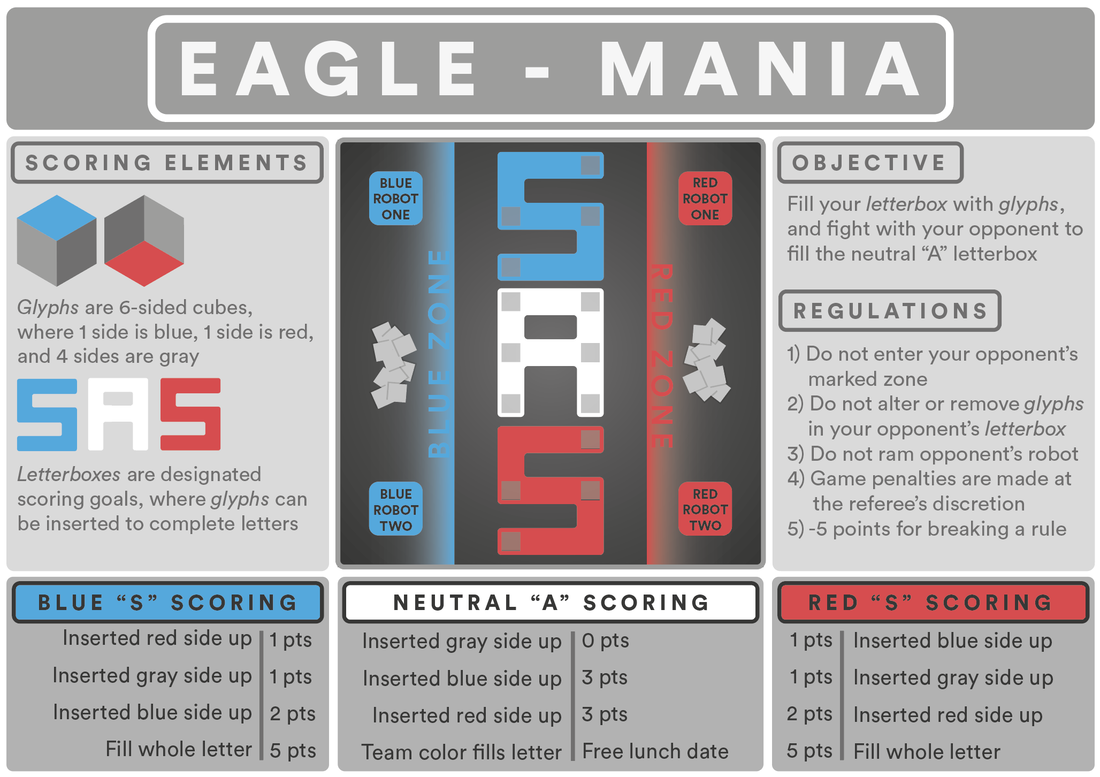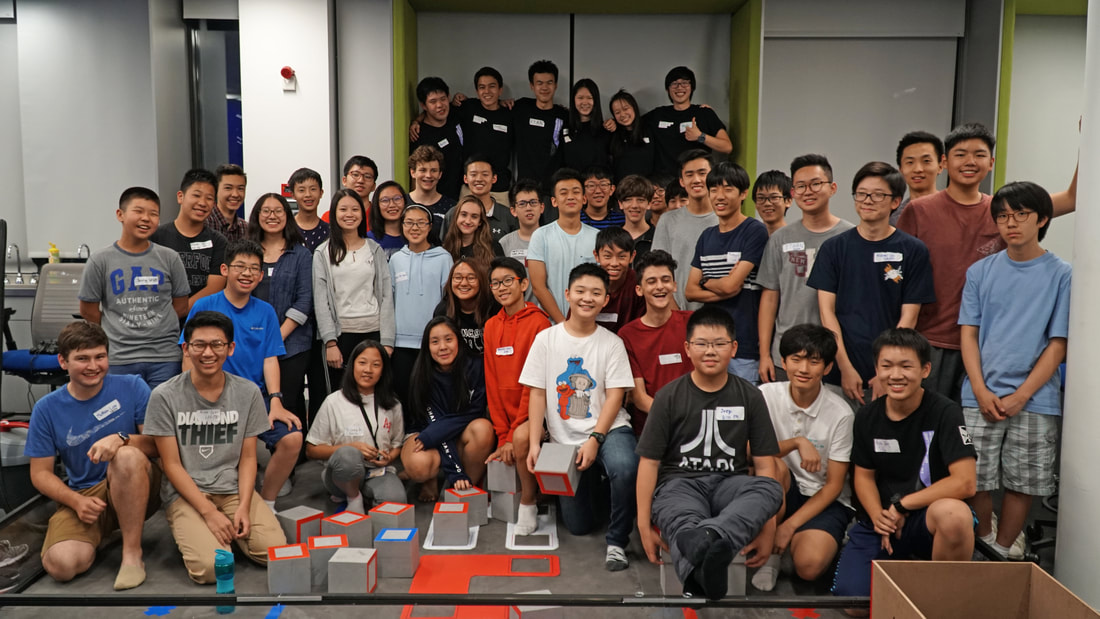|
By Grace Deng At the start of the new school year, three SAS students launched SA Share, an essay database allowing students to upload and download past work. Currently, SA Share’s database has around 60 files.
Ally Zhu, who founded SA Share along with senior Jason Xu and SAS alumni Jony Liu, said she first thought of the idea in junior year, after using another person’s IB math independent assessment to help her write her own. “This is a platform that could bridge the gap and make student work more accessible for everybody, without making it reliant on connections or whether you have friends in the upperclassmen years,” said Zhu, a freshman at Brown University this year. Senior Rena Jiang, who uploaded English papers and chemistry labs to SAshare, believes the service is a good idea. “I like the idea of it,” Jiang said in a direct message, calling it “very wholesome.” She added she feels people would “like uploading” because it lets “people publish the stuff they’re proud of,” allowing other people to use it as references. However, Jiang believes the cost of the service may be a “turn-off” and a reason students won’t use the service. If students wish to download an essay from SA Share’s website, they pay a fee of 5 RMB. Uploaders receive 2 RMB every time someone downloads their work. Transactions are all done through WeChat. A senior who wished to remain unnamed as some of his friends are involved in SA Share said he disapproves of the required fee. “I personally hate the idea because I don’t have enough disposable income for that,” he said through a direct message. “This stops peer collaboration because everyone’s gonna be going for the money, and honestly I think it’s just morally somewhat sketchy.” SA Share’s website says the money not given to uploaders is funneled into maintaining the website, and co-founder Jason Xu believes “SAshare is as morally sketchy as sample work you receive.” (Xu no longer works for SAshare because he initially joined due to his interest in code, but has lately felt like he has too much going on). “If you can’t pay for five kuai, how can you pay for Shanghai American School?” Zhu said. Other concerns raised by students include plagiarism and lack of originality. While Zhu said plagiarism concerns are being discussed with Dr. Lee, Dr. Lee said in an email that Zhu had not discussed SAshare with him other than a “brief conversation” about what he said Zhu called “just an idea.” “I’ve reached out to the SAshare folks and hope to hear back from them,” Dr. Lee said. “Looking through their site, I see a number of reasons for concern. It is (and always has been) very easy for people who want to plagiarize to do so.” Xu agrees with Dr. Lee that SAshare may make it easier to plagiarize, but he says SAshare still deserves to exist. “It’s not SAshare that has malicious intent, it’s the people who choose to use it as a source of plagiarism,” said Xu. “We tried making it so that we limit plagiarism by only featuring content that is unique and difficult to replicate,” providing examples such as not uploading TOK essays, which are easy to copy because the prompt is the same for everyone.
0 Comments
By Cynthia Wang SEPTEMBER 22 - From 6 AM to 10 PM last Saturday, robotics teams from SAS Pudong, SAS Puxi, and BISS Puxi attended SAS Puxi's 16 Hour Build event. Puxi advertises the event as "an opportunity for students interested in robotics to be guided through robot-building and tournament structure." Within 16 hours, students from the three schools are mixed into random teams, then guided in building a robot that will be able to accomplish a certain number of tasks, after which a mini tournament would take place. President of the Pudong FTC team Michael Lin said Puxi "spent a lot more time designing the game" this year as opposed to the year before, citing a picture of the game objectives and scoring elements, as shown below. Junior Ian Huang joined robotics this year and, after participating in the 16 Hour Build, gave us some of his reflections on the event. He said that the Build "gave [him] a lot of insight [in]to the nature of robotics." He recognized that robotics "is not only just about building and programming, it is a team effort where communication and collaboration are essential in achieving your team's goal."
In particular, Ian commented on the team scrambling, stating that it was "what made the experience worth it." According to Ian, team scrambling placed participants "with four of five other strangers and in the next 16 hours, [they] would have to work as a team to build, measure, program, and test the robot in order for it to be able to compete." Michael Lin also spoke of a highlight of the competition: a bet involving a lunch date. "If a team [filled the letter A on the game field] with scoring elements, they get a lunch date with a Puxi exec," Michael said. The teams "in the finals…[ended up] collaborating to fill the A," Michael continued, winning them a lunch date with Puxi robotics president Sammy Levin. Although the bet took away from the competitive element of the tournament, Michael said that "it ended the event [in] a good spirit," elaborating that "collaboration at the 16 Hour Build was more valuable than winning," as the event allowed "for students from different schools to get to know each other better." By Cynthia Wang
As online education becomes increasingly popular, it is worthwhile to address the offered online programs in Shanghai American School: VHS, Pamoja, and Global Online Academy. Currently, in grades 11 and 12, there are 16 students taking VHS, 13 in Pamoja Education, and 12 in Global Online Academy. This makes for a grand total of around 16.67% of SAS juniors and seniors enrolled in online courses. Such courses just kicked in at the beginning of September and online students were greeting their global classmates for the first time. And in the midst of preparation for these courses, some students say their expectations are far from reality. Starting her second year in an IB Pamoja course, senior Midi Jin said she expected that the lessons would be “similar to our normal classes in SAS,” except with “a lot of videos with teachers talking." However, she said the courses only provide students “with materials and videos from YouTube," essentially creating a "self-study" course. However, junior Brandy Wen says that there are "more group work and discussion" tasks than she expected. Online courses vary in their platforms, but most emphasize self-management while incorporating group tasks throughout the curriculum. Midi highlights the group projects on Pamoja, saying they "get to know people from all over the world." She puts forth an example of when she "got to know a SAS Puxi student from Pamoja," once again demonstrating the extensive reach of online classrooms and the bonding of students that might not have ever met each other otherwise. Yet, Brandy says that one must "communicate with students from all over the world” where time zones might make group project plans difficult. She suggests that students must "notify each other before in order to be successful in group projects," another key aspect of the challenging time management that online courses propose. In dealing with time management, Midi says that if students do not "choose online courses that [they] are interested in” the course “can be tedious and it is easy to be left behind." Brandy agrees, advising students to check their online course at least "four to five times a week" and to pay attention to the teacher's general update messages "about the upcoming week" in order to "plan ahead for the hours [one] must spend and the due dates [one] must be aware of." |
NewsBreaking headlines and major events going around Archives
November 2018
Categories |




 RSS Feed
RSS Feed